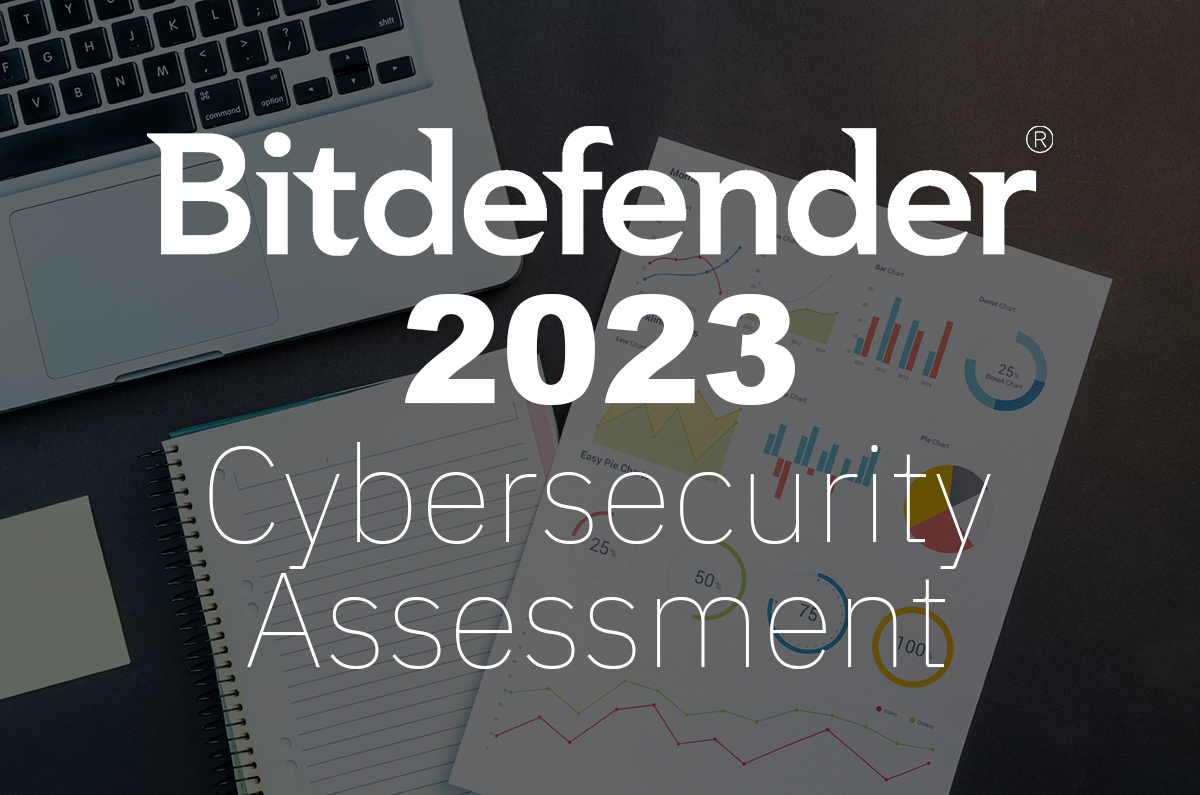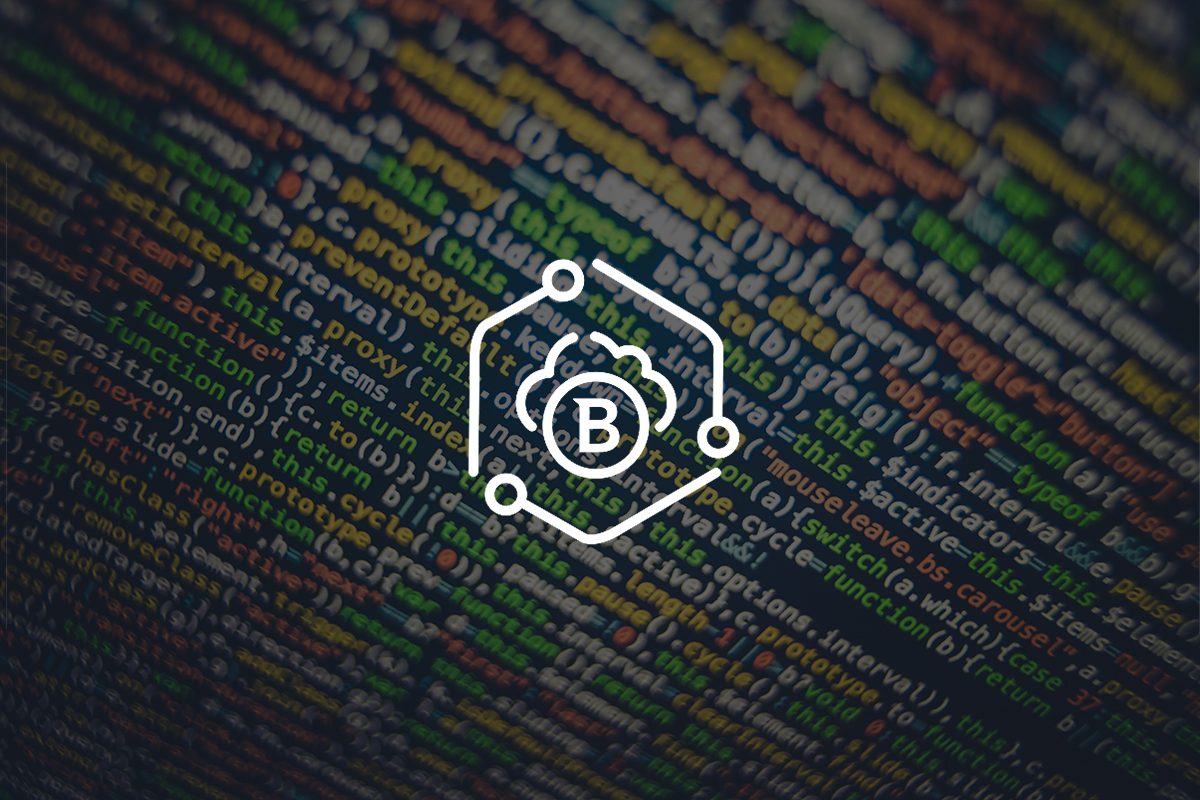Principles of Adaptive Cybersecurity in a Dynamic Threat Landscape

As digital landscapes morph and expand, cybersecurity challenges intensify. The fusion of digital advancement, the adoption of hybrid workplaces, and the transition towards cloud-based operations are not only widening the threat horizons but also exposing them to heightened risks of disruptive attacks. Savvy to these shifts, cybercriminals are eschewing the old playbook in favor of more nuanced methods, bypassing many established security protocols. These adversaries are now adeptly weaving their malicious efforts into the evolving tapestry of communication channels, exploiting the vulnerabilities of these increasingly exposed digital terrains.
Phishing is the number one attack vector today, using an organization’s biggest vulnerability—users—to make an initial breach on an end device, web application or Software as a Service (SaaS) platform. New threats are evolving from the ashes of previous campaigns, trying to get people to click on malicious links in an email or in-app message in an attempt to disrupt business operations. From there, they are able to spread freely across the network in search of more enticing targets. As cybersecurity techniques evolve, security teams find themselves in a reactive position, constantly adapting to stay abreast of threat actors who often seem to be a step ahead in exploiting vulnerabilities. This dynamic creates a perpetual cycle where defensive strategies are continuously updated to match the ever-advancing tactics of these adversaries.
It's clear that a new cybersecurity strategy is needed—an approach that closes the gap and gives security teams the agility they need to react and pivot in real time, so they can respond to today’s increasingly sophisticated threats quickly and efficiently with minimal impact on the business.
The Limitations of Conventional Cybersecurity Approaches
Cybersecurity solutions of the past were crafted in a bygone digital era and persist in a landscape that has since dramatically evolved. They are rules-based and reactive, using known threat signatures to detect abnormal behavior. Security analysts then must manually parse through mountains of alerts—much of them false positives—to determine what is important and figure out a resolution. Many times, this results in immense fatigue for these digital warriors.
They become overwhelmed, unable to keep up with the manual, tedious tasks, and security postures degrade, making it easier for enterprising threat actors to find more vulnerabilities in the expanding threat surface—creating a never-ending snowball effect that keeps getting worse and worse. This disconnect has led to a major security gap that organizations need to address.
Implementing an Adaptive Cybersecurity Strategy
Adaptive cybersecurity continuously and automatically monitors growing attack surfaces to recognize threats, adapt in real time, and provide actionable recommendations for fast, efficient, non-disruptive remediation. This new, proactive and preventative approach can be implemented and managed centrally with a network detect and response (NDR) or eXtended detection and response (XDR) solution, through a security operations center (SOC) or from a managed XDR service provider.
Whatever model you decide to go with, make sure it covers all three cybersecurity layers: prevention, protection, and response.
1. Prevention
Any prevention strategy needs to start with education. Users are organizations’ biggest vulnerability, so you can’t do enough training about maintaining good cyber hygiene. Make sure users know what constitutes risky behavior and how their clicks can impact business operations. From a security team perspective, efficiency at scale is critical. Automating basic prevention tasks such as risk assessment goes a long way in preventing alert fatigue and security analyst burnout. It’s also important to focus on threats or vulnerabilities that impact your specific organization or industry. A data loss prevention (DLP) tool that has been trained to detect personal health care data isn’t very useful for a retailer, but a tool that identifies credit card information or other payment card information (PCI) would be.
2. Protection
Protection builds on a successful prevention strategy by maintaining good cybersecurity hygiene and cyber resilience. Tools such as anti-malware and email security protect devices, servers, or other end points from malicious threats. Just make sure your tools aren’t heuristic or signature-based solutions given the limitations these solutions are against today’s highly adaptive threats. Instead, use artificial intelligence and machine learning (AI/ML) in anomaly detection to identify and stop attempted breaches. Large language models (LLMs) can also be used to accelerate model training for industry or organization specific context.
3. Response
All the prevention and protection in the world isn’t much use without actionable insights to remediate the issue and get operations back up and running quickly. A good strategy around response helps identify and correlate behavior around expanding attack surfaces, providing valuable context that security analysts can use to stop the attack, mitigate the impact and prevent it from happening in the future. Again, automation is key. A solution that automatically resolves issues or provides an avenue for immediate action is better suited for shortening time to resolution and mitigating business impact.
Summary
Today’s threats are constantly evolving in ways that allow them to evade traditional security solutions. Organizations need an adaptive cybersecurity strategy that helps them identify these increasingly sophisticated attacks and techniques and resolve issues as quickly as possible to mitigate business impact. Just make the security technology in play provide the prevention, protection and response capabilities needed to activate a cohesive strategy for mitigating cyber risk
To effectively combat these emerging threats, organizations must prioritize a multi-layered approach. This includes rigorous user education to enhance prevention, leveraging advanced tools for protection that go beyond heuristic or signature-based solutions, and employing AI/ML technologies for anomaly detection. Response strategies should be agile and automated, providing swift action to remediate issues and minimize operational downtime.
In summary, the key to a robust cybersecurity defense lies in its adaptability and comprehensiveness. By integrating education, advanced detection technologies, and automated response mechanisms, businesses can create a resilient shield against the ever-evolving landscape of cyber threats. This not only secures their digital assets but also ensures continuity and stability in their operations.
tags
Author
Bitdefender is a cybersecurity leader delivering best-in-class threat prevention, detection, and response solutions worldwide. Guardian over millions of consumer, enterprise, and government environments, Bitdefender is one of the industry’s most trusted experts for eliminating threats, protecting privacy, digital identity and data, and enabling cyber resilience. With deep investments in research and development, Bitdefender Labs discovers hundreds of new threats each minute and validates billions of threat queries daily. The company has pioneered breakthrough innovations in antimalware, IoT security, behavioral analytics, and artificial intelligence and its technology is licensed by more than 180 of the world’s most recognized technology brands. Founded in 2001, Bitdefender has customers in 170+ countries with offices around the world.
View all postsRight now Top posts
FOLLOW US ON SOCIAL MEDIA
SUBSCRIBE TO OUR NEWSLETTER
Don’t miss out on exclusive content and exciting announcements!
You might also like
Bookmarks










